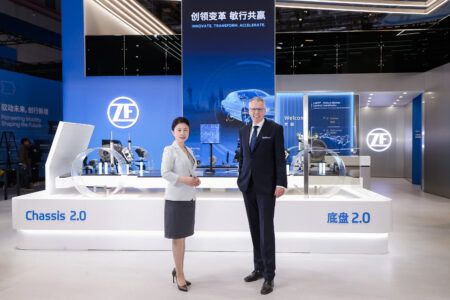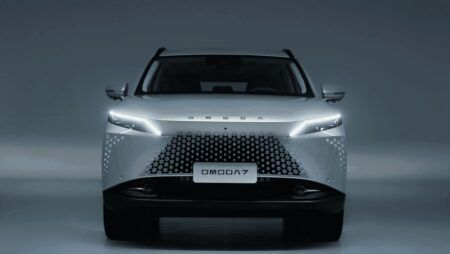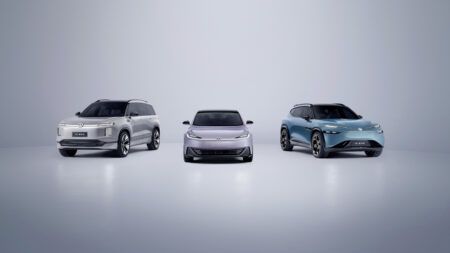The eDeliver 5 ELCV and the MIFA 7 MPV were unveiled at the Commercial Vehicle (CV) Show being held in Birmingham this week. This year’s show saw Maxus showcase 13 electric vehicles, its largest EV show display ever. The eDeliver 5 has a battery pack capacity of 64kWh and a range of 225km, while the MIFA 7 boasts a 90kWh high energy density ‘One pack’ battery and a range of up to 480km.
“It’s been eight years since the debut of our first all-electric commercial vehicle, the EV80, at the CV Show, marking a remarkable journey of progress and innovation in the ever-evolving landscape of electric vehicles,” says Mark Barrett, Managing Director of Group Franchises at Harris Group. “As a young brand, Maxus has swiftly emerged as a trailblazer in the EV sector. And while we may be perceived as disruptors, our commitment to enhancing EV technology remains steadfast. These vehicles not only showcase Maxus’ relentless pursuit of innovation but also underscore our mission to provide customers with unparalleled driving experiences.”
Manufactured by SAIC Motor Corporation Ltd, Maxus recently announced its most significant price reduction yet on all its models, aligning with its mission to make greener transportation accessible to all. Behind Maxus’ commitment to accessible eco-transportation lies SAIC’s strategic integration of in-house technology and its prestigious Lighthouse factory status.
As a member of the Global Lighthouse Network (GLN) of advanced manufacturers, leading companies like SAIC are leveraging cutting-edge technologies like AI and digitalisation to drive profitable growth and minimise the environmental footprint of manufacturing processes. In 2021, SAIC bolstered its commitment to innovation by establishing an in-house Research and Development (R&D) team focused on AI, big data, cloud computing, and cybersecurity. This strategic move was aimed at accelerating the development of new energy intelligent connected vehicles, further driving down costs and expanding accessibility. With SAIC ramping up EV production for European markets, this trend toward lower production costs is expected to continue, translating into more affordable options for customers.





